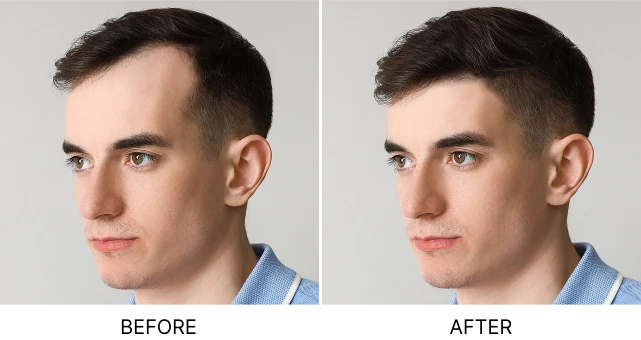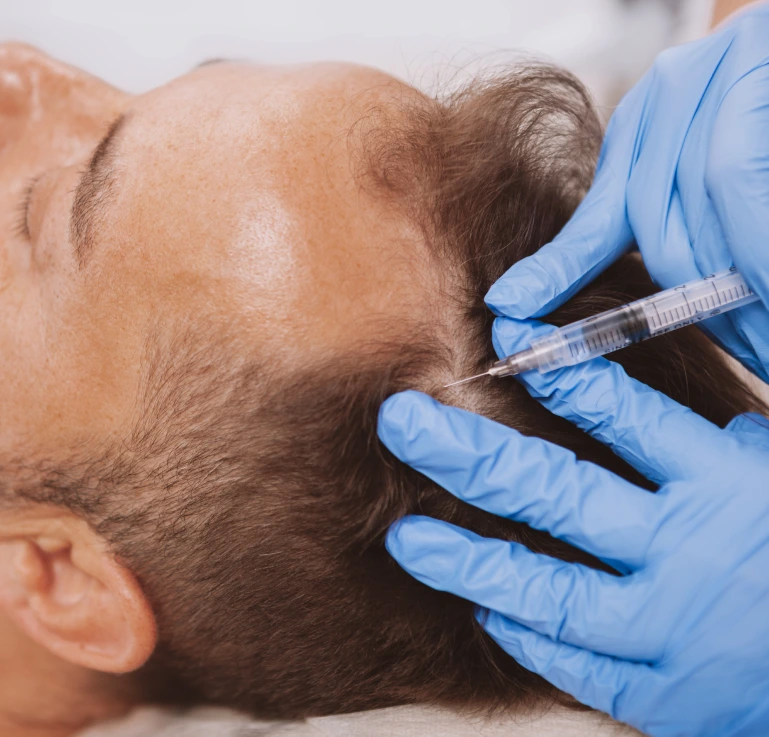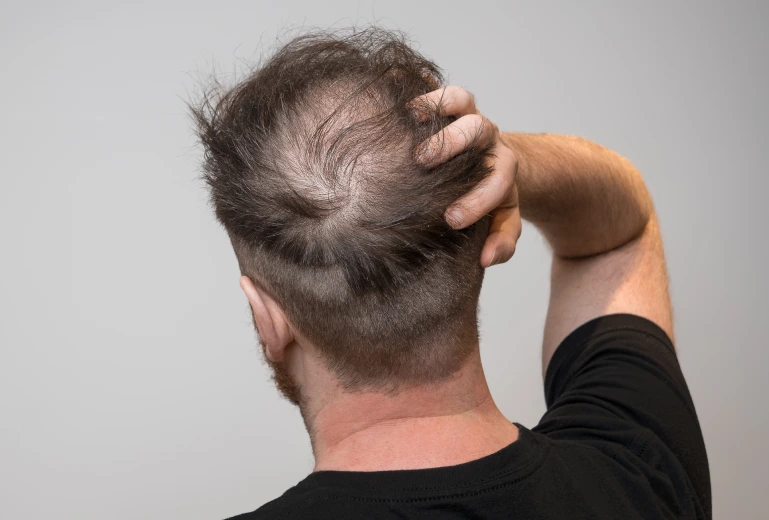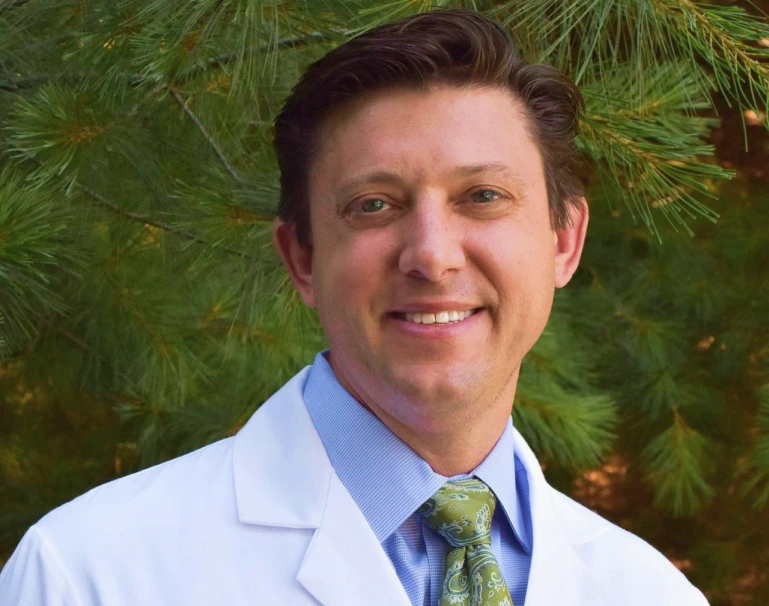-

Our Transplant Solutions
-

Our Transplant Solutions
Regeneris Hair is the leading provider of follicular unit transplants in Boston. Our center employs cutting-edge techniques that ensure optimal graft survival and natural-looking results. Dr. Ryan Welter and his team utilize microscopic dissection methods to preserve each follicular unit during transplantation. Patients who undergo this procedure at Regeneris Hair experience lasting results that seamlessly blend with their existing hair, restoring their appearance and confidence.
Table Of Contents

Follicular unit transplantation (FUT) is a surgical hair restoration technique where a strip of scalp containing healthy hair follicles is removed from the back or sides of the head. This strip is then carefully dissected under a microscope into individual follicular units (naturally occurring groups of 1-4 hair follicles). The grafts are meticulously prepared and preserved before being transplanted into tiny openings made in the balding or thinning areas of the scalp. FUT is performed under local anesthesia and typically takes 4-8 hours, depending on the number of hair transplants. This technique is sometimes called the “strip method” due to how the donor hair is harvested.



During the initial consultation, Dr. Welter will calculate your personalized pricing. We can also discuss your preferred payment option and our convenient financing through Advance Care Card. Our team strives to ensure that all procedures are financially accessible for our patients.
We look forward to helping you achieve your natural-looking hair!
Under Dr. Ryan Welter’s leadership, Regeneris Hair is at the forefront of hair restoration. Our distinctive methodology combines innovative microFUE™ techniques with advanced cellular therapies, setting a new standard in the industry. By utilizing sub-millimeter punches for transplantation, we achieve exceptional precision while minimizing trauma to the surrounding tissue.
